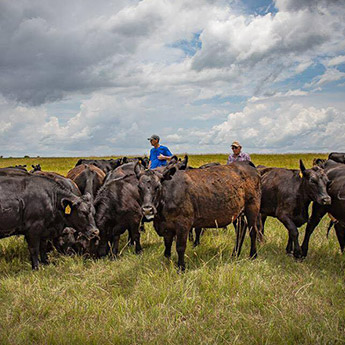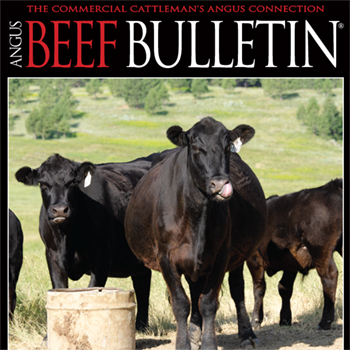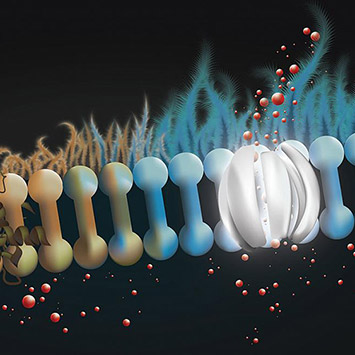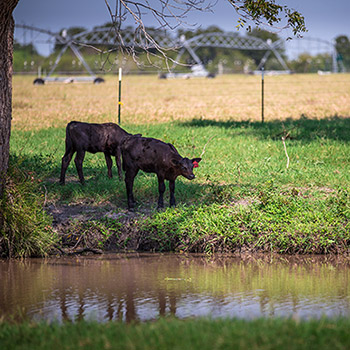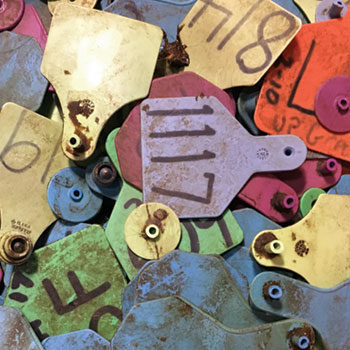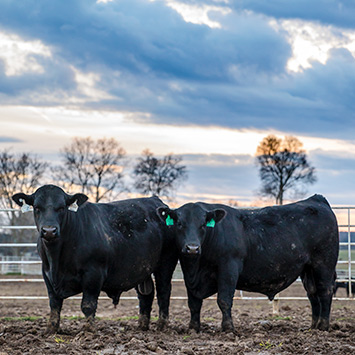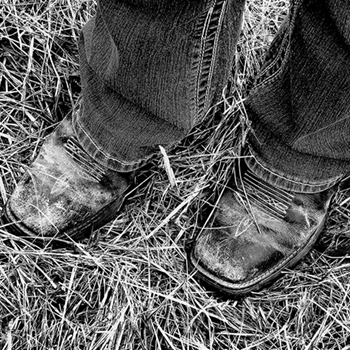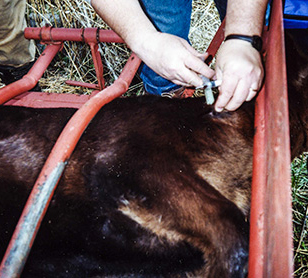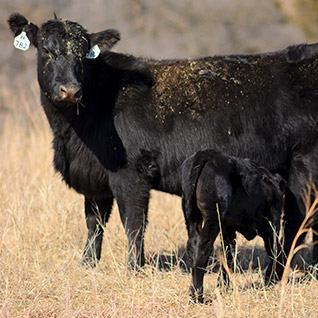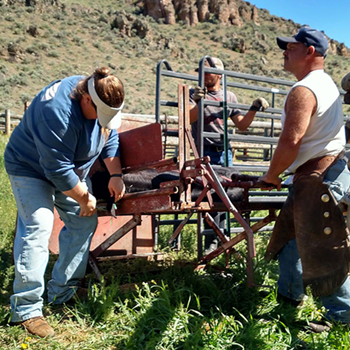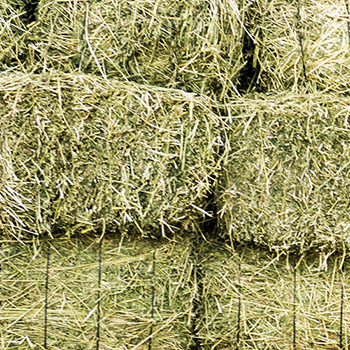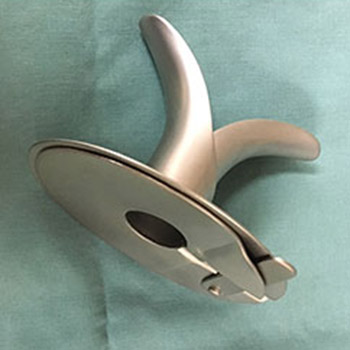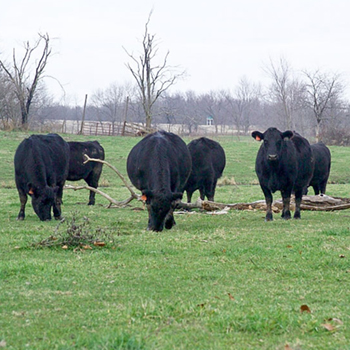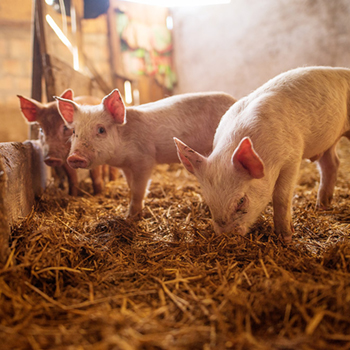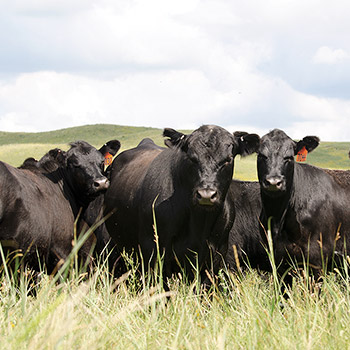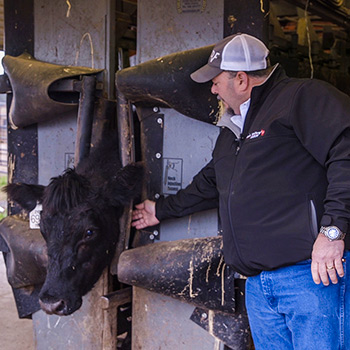Grafting Calves
A tip from experience offered for grafting an older calf onto another cow.
commentary by Heather Smith Thomas
Newborn calves are relatively easy to graft onto a cow that’s lost her own calf. The newborn wants to suckle as soon as it gets to its feet, and it will often suckle any cow that’s nearby.
If it’s an orphan and you’ve been feeding it on a bottle until a substitute mom comes along, no matter its age, it’s not that hard to put onto a new cow if you let it get hungry, restrain the cow and put the calf onto a teat. The bottle calf is accustomed to being handled and to you feeding it. You can guide it to the teat when it’s eager for dinner because it’s wanting to suck a bottle or your finger or anything else — knowing you are its meal ticket. It’s not that hard to put the cow’s teat in the calf’s mouth, and it’s happy for dinner.
It usually doesn’t take the calf long to figure out that this is mom. You can put the skin of the dead calf on him, or smear some of the cow’s birth fluids over him to help her accept the new calf.
It can be more difficult, however, to graft an older calf that’s had its own mom. Maybe a cow got injured or crippled, and you let her start raising her calf until a substitute could be found. That calf is harder to graft because it’s had its own mom and it's not used to you as its feeder person. The calf may be skittish around you. It may refuse to suckle another cow, and it probably doesn’t want you sticking a strange teat in its mouth.
Here’s a simple trick that usually works. For the grafting procedure, keep the calf away from its mother overnight, so it is hungry. Then put the hide of the dead calf on the older calf. Put the substitute mom that just lost her calf in a headcatch. Let the calf suck his real mother for a moment, until it has the milk flowing and it’s eagerly sucking.
At that point, take the calf away from its mom and put it next to the restrained new cow — aiming it toward her udder. Usually that hungry calf will latch on and suck the new cow. Once it’s gotten a good taste of milk from its own mom, it wants more, and it’s eager for breakfast. Its appetite has been stimulated.
Most calves that have had a real mom won’t go right up to and suckle a strange cow because they know they’ll get kicked. Rather than having to starve the calf for a day or two, this trick — just keeping it away from mom overnight, then letting it start sucking her before you make the switch — will generally work. The calf has a strong drive to keep sucking and will go for it. In most cases, this works the first time.
After satisfying its hunger, the calf will have gotten over its shyness about nursing a strange cow and will accept the new mom. She will accept it because it smells like the baby she lost.
Editor’s note: Heather Smith Thomas is a cattlewoman and freelance writer from Salmon, Idaho.
